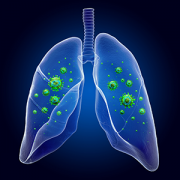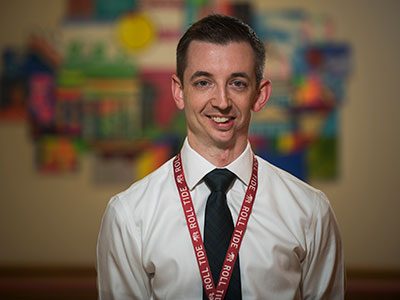Segmenting viral bronchiolitis patients to better predict clinical outcomes

By evaluating viral bronchiolitis patients at first presentation and categorizing them based on clinical phenotype, the researchers were able to better predict outcomes and disease progression patterns.
Researchers from Children’s National Hospital have recently published a pilot study of children with viral bronchiolitis. By evaluating viral bronchiolitis patients at first presentation and categorizing them based on clinical phenotype, the researchers were able to better predict outcomes and disease progression patterns. Nasal airway cytokine levels were also measured to assess the underlying airway immunobiology of different clinical phenotypes. The researchers believe this novel subdivision of viral bronchiolitis patients based on a robust combination of clinical and molecular assessment can help lead to more individualized care and better patient outcomes.
Viral bronchiolitis is broadly used to group together infants with first-time severe viral respiratory infection, which is the most common cause of early life sick visits and hospitalizations worldwide. However, viral respiratory infections can vary significantly in clinical manifestations, which has raised concern among experts that the use of viral bronchiolitis as a catchall term may be compromising patient care. Children’s National researchers hypothesized that a novel segmentation technique of viral bronchiolitis patients by phenotype at first episode could provide better outcome prediction. In addition, lung X-rays and nasal cytokine profiles could help illuminate the underlying airway disease processes that drive the phenotypical differences observed at bedside.
The study examined 50 children ≤ 2 years old, including 41 patients admitted at Children’s National with PCR-confirmed viral respiratory infection and 9 controls. Researchers examined clinical features at presentation by reviewing each patient’s electronic medical record. Key parameters served as the basis for patient segmentation into three phenotypical groups: hypoxemia, wheezing and mild phenotypes. Patients in the hypoxia group (n = 16) were characterized by their need for supplemental oxygen; patients in the wheezing phenotype (n = 16) were distinguished by wheezing or subcostal retractions and patients in the mild phenotype (n = 9) displayed persistent respiratory symptoms but not hypoxia, wheezing or subcostal retractions. Chest x-rays further revealed that patients in the hypoxia phenotype displayed significantly more lung opacities than the other phenotypes.
As hypothesized, the three phenotype groups displayed distinct clinically relevant outcomes. Patients in the hypoxia group had more severe clinical symptoms at presentation and were significantly more likely to require prolonged hospitalization and pediatric intensive care unit (PICU) settings for treatment. Patients in the wheezing phenotype had shorter hospital stays but were significantly more likely to make a respiratory sick visit after initial discharge, with 69% coming back to the hospital with the same symptoms. Patients in the mild phenotype had the shortest hospital stays and did not require transfer to the PICU.
Nasal cytokine profiles were also assessed for all study subjects. Controls had lower cytokine levels than patients, with no significant difference between phenotype groups. However, wheezing patients with ≥1 recurrent respiratory sick visit had higher nasal levels of type 2 cytokines IL-13 and IL-4, consistent with the pathobiology of allergic asthma. This result adds support for the potential of initial sub-setting in guiding timely intervention.
The researchers hope that the strong results of their pilot study will guide clinicians to revise current practices regarding viral bronchiolitis and personalize care of viral respiratory illnesses from first presentation in order to improve outcomes. Study author and Children’s National pulmonologist Maria Arroyo, M.D., says, “if we can prevent these patients from coming [back] to the hospital just by doing a clinical evaluation the first time that they present with [viral respiratory infection]…that would be very impactful.”
The associated article, “Phenotypical Sub-setting of the First Episode of Severe Viral Respiratory Infection Based on Clinical Assessment and Underlying Airway Disease: A Pilot Study,” was published April 2, 2020 in Frontiers in Pediatrics. Notable authors include Maria Arroyo, M.D., Kyle Salka, M.S., and Gustavo Nino, M.D., M.S.H.S., D.A.B.S.M.











